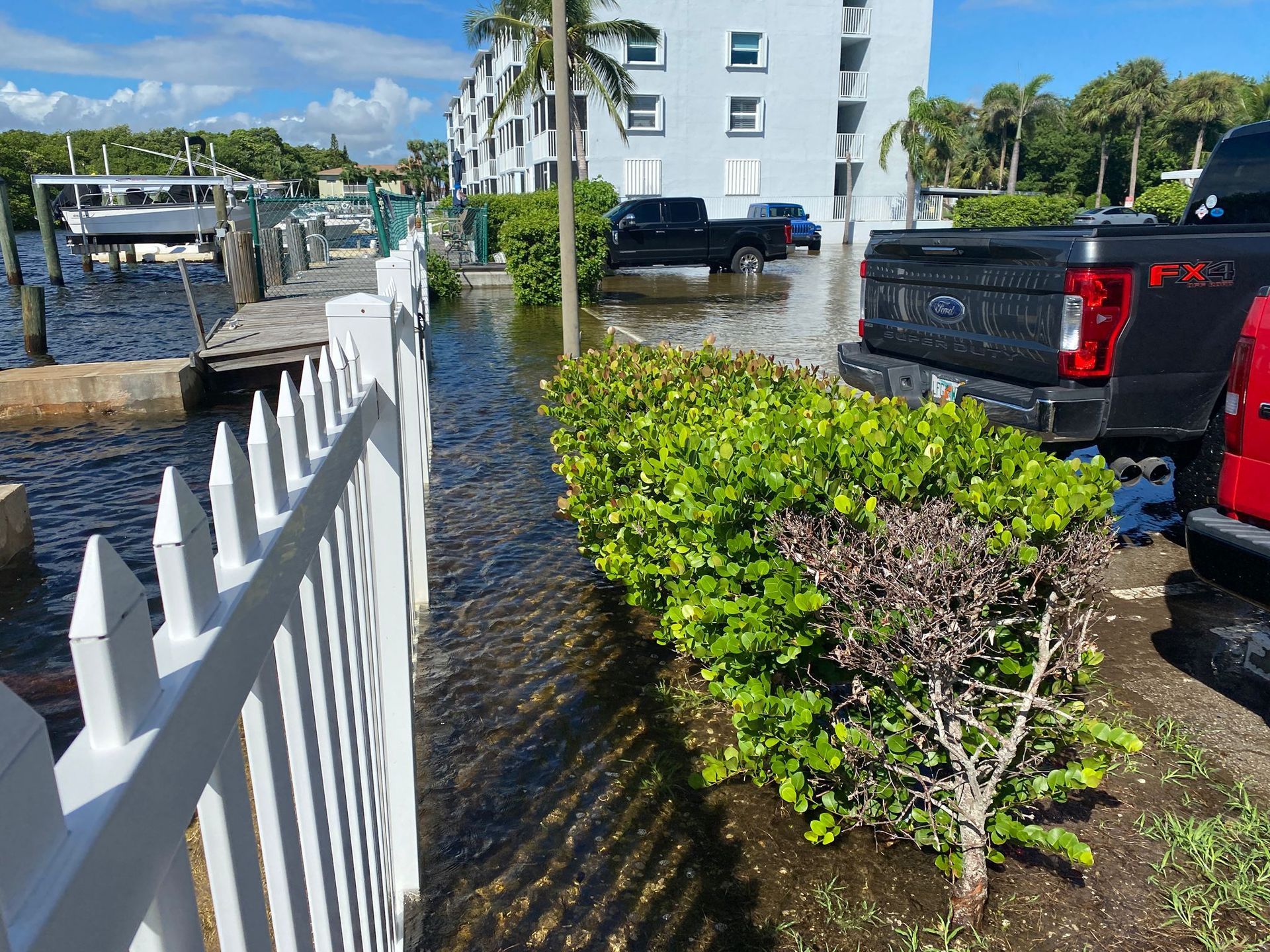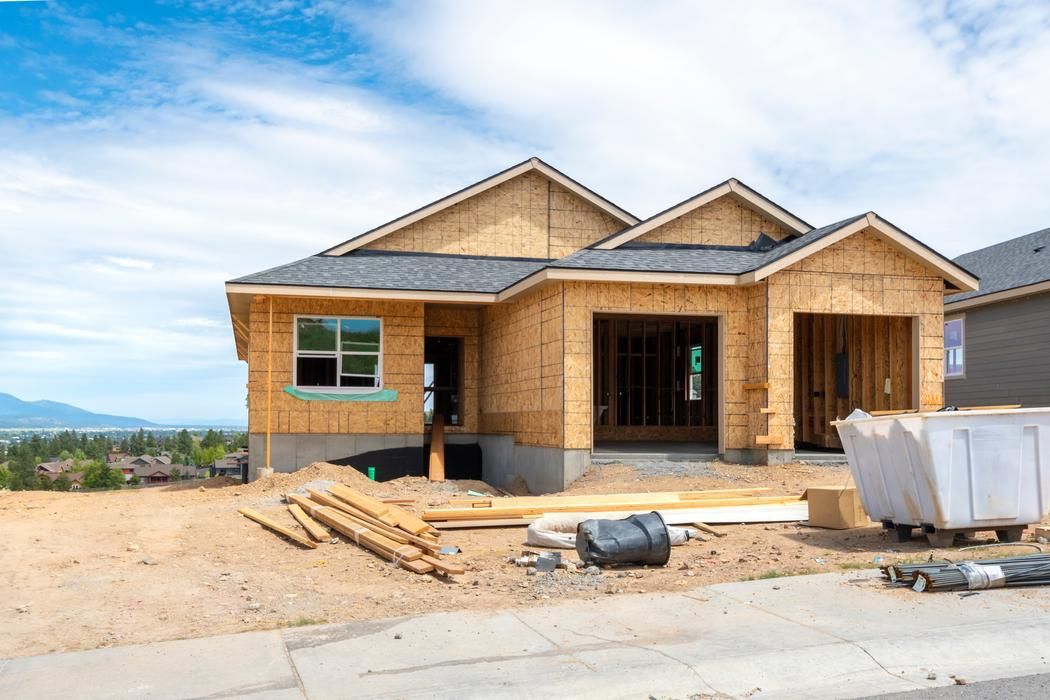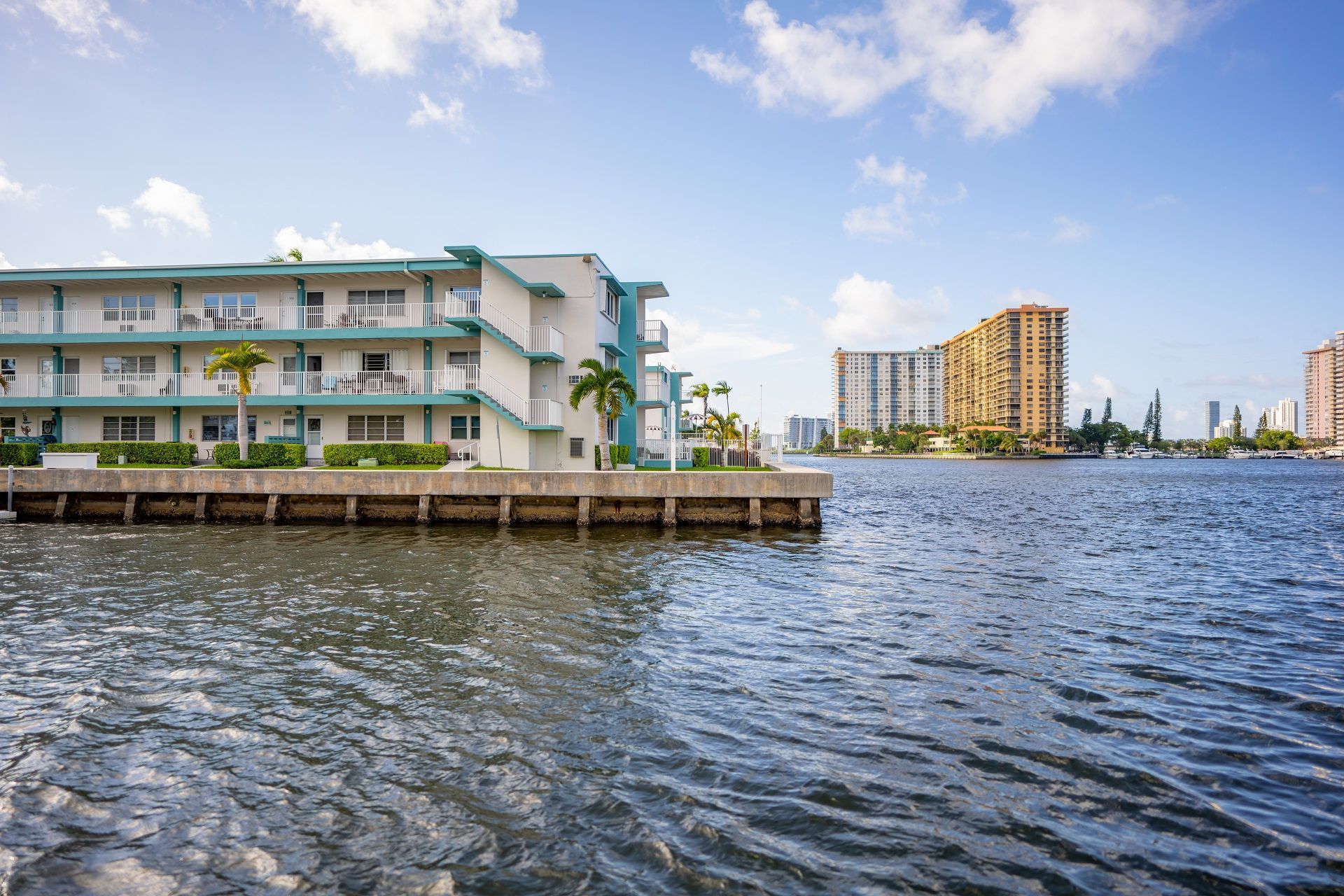Is Roll Roofing Worth Considering? Pros & Cons Of Roll Roofing
If you're looking for an affordable and easy-to-install roofing option in Florida, roll roofing might be worth considering. This type of roofing is often chosen for smaller projects or buildings where aesthetics are not the primary concern.
But before you decide if roll roofing is right for you, it's important to understand its pros and cons and whether it's suitable for Florida's unique climate.
What is Roll Roofing?
Roll roofing is a material that comes in long rolls, usually about 36 inches wide. It's made of the same materials as asphalt shingles but in a more straightforward, rolled form. Roll roofing is often used for flat or low-slope roofs, sheds, garages, and other small structures. Unlike traditional shingles that are applied one by one, roll roofing is applied in sheets, making installation quicker and less expensive.
Pros of Roll Roofing
There are several advantages to choosing roll roofing for specific projects:
1.Affordability: One of the most significant advantages of roll roofing is its cost. Roll roofing is significantly cheaper than other types of roofing, such as metal or tile. This makes it a good option for homeowners on a budget or for smaller buildings where spending a lot on roofing doesn't make sense.
2. Easy Installation: Roll roofing is one of the most accessible types of installation. It's lightweight and can be applied directly to the roof deck or over existing roofing material. Installing roll roofing can be a weekend project for someone with basic DIY skills. This is particularly helpful for homeowners looking to save on labor costs.
3. Quick Repairs: Roll roofing comes in large sheets, so it's easier to repair than other roofing types. If a section gets damaged, you can replace just that portion without re-roofing the entire structure. This can be especially handy in Florida, where storms and hurricanes cause roof damage.
4. Versatility: Roll roofing can be used on various structures, including residential homes, garages, sheds, and commercial buildings. It's most commonly used on flat or low-slope roofs, often found on smaller buildings in Florida.
Cons of Roll Roofing
Despite its benefits, roll roofing also has some downsides to consider:
1.Limited Lifespan: Roll roofing typically lasts between 5 and 10 years, which is much shorter than other roofing options. In Florida, where the sun's UV rays and heavy rains can damage roofs, you may need to replace them sooner than in other areas.
2. Less Durable: Roll roofing is less durable than other roofing materials like shingles, metal, or tiles. It's more prone to tearing, cracking, and leaking, especially under harsh weather conditions. Given Florida's frequent storms and high winds, durability is a crucial factor to consider.
3. Aesthetics: Roll roofing is less attractive than other roofing materials. It comes in limited color options, and because it's applied in large sheets, it doesn't have the textured look of shingles or tiles. Roll roofing might not be the best choice for homes where curb appeal is essential.
4. Not Ideal for High-Slope Roofs: Roll roofing works best on flat or low-slope roofs. If your home has a high-slope roof, roll roofing may not be practical for shedding water, leading to leaks and other issues. This is particularly important in Florida, where heavy rainfall is expected.
Is Roll Roofing Suitable for Florida's Climate?
Florida's hot, humid climate and the risk of tropical storms and hurricanes make roofing decisions especially important. While roll roofing has its advantages, there are a few things to keep in mind when considering it for Florida:
1.Heat and UV Resistance: Roll roofing can be vulnerable to the intense Florida sun. Over time, UV rays can cause the material to crack or degrade faster. If you choose roll roofing, you may need to apply a protective coating to extend its lifespan.
2. Wind Resistance: Florida is known for its high winds during hurricane season. Roll roofing, especially if not properly installed, may not hold up well against strong winds. It's crucial to ensure that the material is securely fastened and that high-quality adhesives are used to prevent it from peeling or lifting.
3. Rain and Water Drainage: Florida sees a lot of rain, particularly during summer. Roll roofing is not the best option for high-slope roofs, as it doesn't allow proper water drainage. This can lead to pooling water, leaks, and water damage. However, roll roofing can be practical for low-slope or flat roofs if installed correctly and regularly maintained.
When Should You Consider Roll Roofing?
Roll roofing can be a good option in certain situations. However, it's essential to pair roll roofing with regular roofing inspections to ensure its longevity and effectiveness. For example:
- Sheds and Garages: Roll roofing offers an affordable and quick solution for roofing a small structure like a shed or garage.
- Temporary Fix: If you plan to renovate or replace your roof soon but need a quick fix, roll roofing can be a temporary solution.
- Low-Slope Roofs: Roll roofing works best on flat or low-slope roofs where water drainage is less of a concern.
However, for larger residential homes in Florida, especially those with high-sloped roofs, more durable options like asphalt shingles or metal roofing may be a better investment.
Conclusion: Is Roll Roofing Worth It?
Roll roofing is worth considering for specific projects, particularly those that require a low-cost, quick solution. It works best on small structures with flat or low-slope roofs and can be an excellent temporary fix.
However, there may be better choices for long-term use on residential homes, especially in Florida's challenging climate. Before deciding, it's essential to weigh the pros and cons and consider whether roll roofing will meet your needs in the long run.
If you're seeking expert advice on the best roofing option for your home, contact Certified Inspectors for a professional roof evaluation today!
Disclaimer: The information on this website and blog is for general informational purposes only and is not professional advice. We make no guarantees of accuracy or completeness. We disclaim all liability for errors, omissions, or reliance on this content. Always consult a qualified professional for specific guidance.
Share the post:






